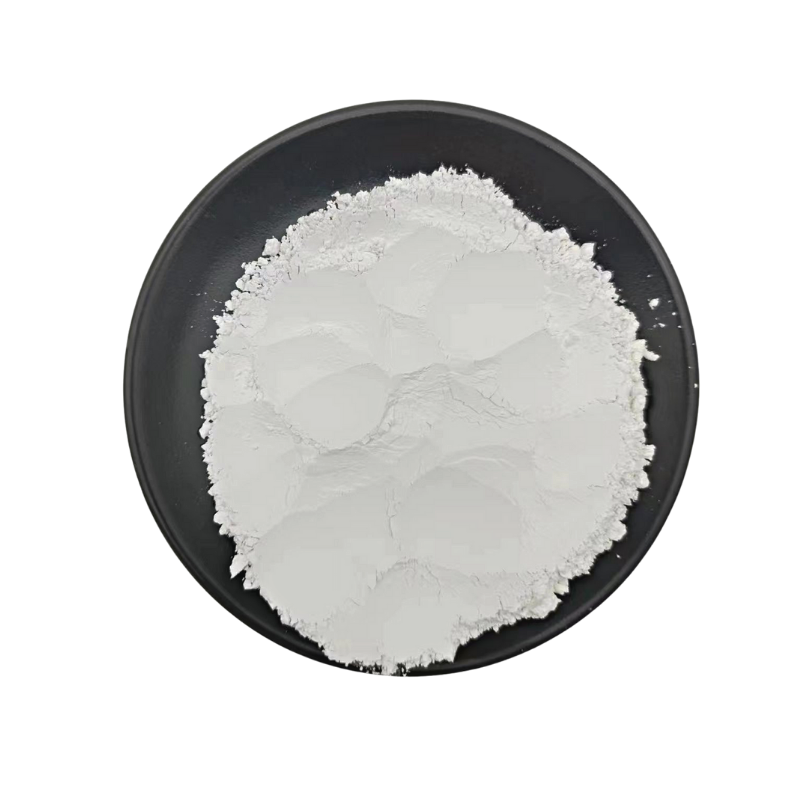
custom silica fume msds factories
Understanding Custom Silica Fume A Guide to Material Safety Data Sheets (MSDS) and Factories
Silica fume, a byproduct of silicon and ferrosilicon metal production, has gained significant attention for its beneficial properties in concrete and construction applications. As industries increasingly utilize this material, understanding its safety and handling protocols becomes essential. One critical element in this regard is the Material Safety Data Sheet (MSDS), which provides comprehensive information about the substance.
An MSDS for silica fume typically outlines various aspects, including the chemical and physical properties, health hazards, safe handling practices, and emergency response measures. For factories producing custom silica fume, adhering to the regulations surrounding the creation and distribution of MSDS is not only a legal obligation but also a vital component of workplace safety.
Chemical and Physical Properties
Silica fume is primarily composed of silicon dioxide (SiO₂), often exceeding 90% purity. It has a very fine particle size, typically around 0.1 microns, which enables its use as a pozzolanic material in concrete mixtures. This fine texture contributes to its high surface area, enhancing the reactivity during hydration and ultimately improving the strength and durability of concrete. Factories must accurately report these properties in their MSDS to inform users about how silica fume will interact with other materials and within various environmental conditions.
Health Hazards
While silica fume is a valuable construction material, it does pose certain health risks, particularly when inhaled. Chronic exposure can lead to respiratory issues, including silicosis, a serious lung disease. Therefore, MSDS documents must emphasize the importance of personal protective equipment (PPE) such as masks and respirators when handling the material. Additionally, safety data sheets should detail the symptoms of exposure and advise on appropriate medical responses.
custom silica fume msds factories

Safe Handling Practices
The transportation and storage of silica fume require careful handling to prevent dust emissions. Factories are encouraged to employ methods such as pneumatic conveying and the use of sealed containers. MSDS should also recommend that workers maintain proper ventilation in work areas and utilize wet methods where feasible to minimize dust generation. By implementing these practices, factories can not only protect their workforce but also adhere to regulatory standards that aim to minimize environmental impact.
Emergency Response Measures
In the event of an accidental spill or exposure, having a robust emergency response plan is essential. The MSDS should outline immediate actions to take, such as the evacuation of the area, use of appropriate respiratory protection, and proper cleanup procedures. Training employees on these protocols will ensure a swift and efficient response to any incidents, thereby reducing potential harm.
Conclusion
Custom silica fume is a versatile construction material with numerous benefits. However, awareness and understanding of its MSDS are critical in managing the associated risks effectively. Factories must prioritize the development and dissemination of accurate safety data sheets to safeguard their workers and the surrounding environment, ensuring safe handling and optimal use of this valuable resource. Through diligent adherence to safety regulations, the industry can harness the full potential of silica fume while prioritizing health and safety.
Share
-
Premium Pigment Supplier Custom Solutions & Bulk OrdersNewsMay.30,2025
-
Top China Slag Fly Ash Manufacturer OEM Factory SolutionsNewsMay.30,2025
-
Natural Lava Rock & Pumice for Landscaping Durable Volcanic SolutionsNewsMay.30,2025
-
Custom Micro Silica Fume Powder Manufacturers High-Purity SolutionsNewsMay.29,2025
-
Custom Mica Powder Pigment Manufacturers Vibrant Colors & Bulk OrdersNewsMay.29,2025
-
Custom Micro Silica Fume Powder Manufacturers Premium QualityNewsMay.29,2025






